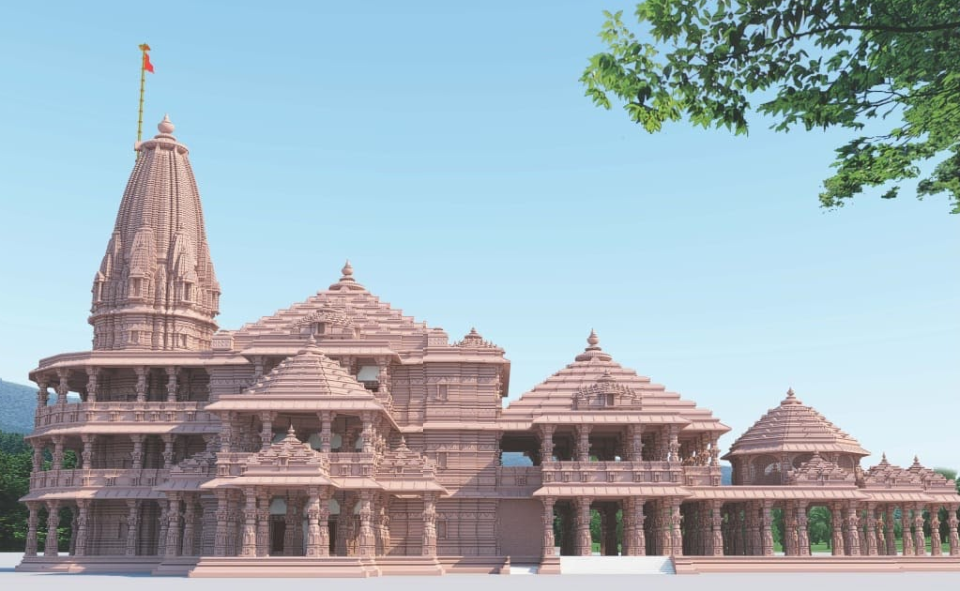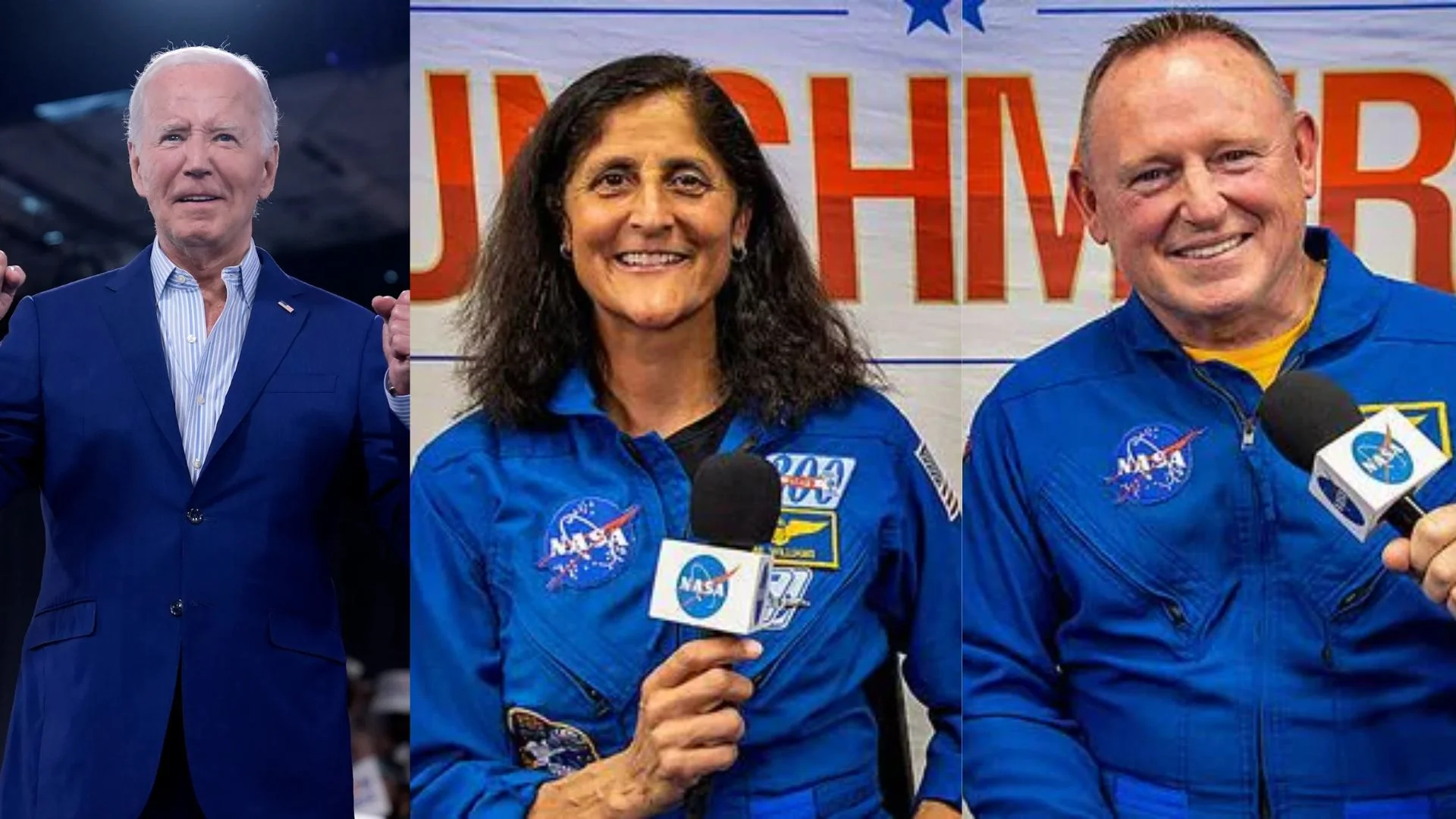
The entire recorded history of India is the patrimony of each citizen, no matter the faith or region she or he belongs to. This is the central message in the just revealed fact that the first official invite for the 5 August ceremony concerning the Ram Mandir has gone to Iqbal Ansari, the litigant in the case involving the birthplace of Lord Ram, who is a proud citizen of the Republic of India. Despite the multiple tragedies caused by the devastation of the 1947 Partition of India (an outcome that ought to have been resisted more effectively than seems the case), there are fringe elements within each religious denomination in India who seek to compartmentalise the people of India into silos separated by faith. Oddly, many who swear by secularism — equal treatment to all faiths in the matter of state policy — look the other way at divisive practices and rhetoric in some groups, while complaining about others. What is applicable to one group has to be made applicable to all, if the true intent of secularism is to be protected, and there can be zero exceptions to this rule. Any abuse of the beliefs and practices of a faith are symptoms of a lack of moderation and tolerance that are antithetical to the ancient traditions of India, where caste was determined not by birth but by duty. Caste by birth is a contradiction in scientific terms, akin to belief in some families such as that the sons and daughters of politicians are better fitted than others to take up a political career. Another country where the same belief is strong is China, where several of the sons and daughters of prominent political figures of the past hold leading positions in the Chinese Communist Party and the government.
After 15 August 1947, the government headed by Jawaharlal Nehru and successors from his family (Indira Gandhi, Rajiv Gandhi and Sonia Gandhi, as the de facto Head of Government during 2004-14) made several gestures towards the Muslim community that may have been in place had Partition been avoided, and it was thought necessary to have an affirmative action programme designed to ensure that the community did not fall prey to those who spoke of “Islam in danger” in Hindu-majority India. Had Partition been avoided, there would have been 500 million Muslims in India, and they would have been a global force ensuring the rollback of Wahabbism and anchoring within the principles of mercy, compassion and beneficence that is the direction given by the Holy Quran. After Partition and the trauma that was caused by vivisectionists mainly located in what remained part of India, what was needed was to ensure that the Hindu majority regained the rights enjoyed by it until the time of Emperor Aurangzeb, who by his intolerance hollowed out the Mughal empire. The return of just three sites to what they were in the pre-Aurangzeb period (Kashi, Mathura and Ayodhya) would have ensured that the lava of perceived victimhood that had been created by the movement for Partition and its consummation be dispelled. Instead, Nehru continued to maintain the British-era policy of government control over temples (but not the structures of any other faith), and Rajiv Gandhi ignored the counsel of representatives of the overwhelming majority of Muslims represented by Arif Mohammad Khan to welcome the Supreme Court’s Shah Bano judgment. Instead, he got passed a law negating the judgement, and from that point onwards, public support began to diminish. During the period when Sonia Gandhi was in effect running the government, the Right to Education Bill was passed, in which only institutions run by Hindus were affected in terms of its provisions. This drawback has yet to be rectified.
Curricula in schools and colleges remained broadly what they were before 1947, except that an overlay of Soviet and Fabian concepts was added. The need for the youth to be taught to value the entirety of civilisation in the Indian subcontinent was ignored, and much of the past continued the British-era practice of being classified as myth. Even during the Vajpayee period, the Ram Setu was sought to be demolished, on the grounds that it was a natural structure rather than a bridge created in the past. Only recently has scientific conformation come of that, which is why the expectation is high that the Ram Setu will be declared a national monument and Lord Ram›s path to Lanka be recreated in the way the Great Wall has been in China, or Roman and Greek ruins preserved in Italy and Greece, or Stonehenge in the UK. Whatever the faith a boy or girl may have been born into, the entire history of India from ancient times to the present is a priceless heritage that needs to be celebrated rather than ignored. The western period has created synergies that would be of great value in India joining the Five Eyes, not by slogans such as “Angrezi Hatao” but by using the international link language and its dissemination to emerge as a Knowledge Superpower. Indeed, the states where there is the greatest hunger to learn English are the Hindi-speaking states, where the youth are eager for modern education and have shown across India and the world their aptitude for it. The Mughal heritage of India is an essential link in the partnership between India and the Middle East, as well as with the country with the largest number of Muslim citizens in the world, Indonesia, an essential partner in the drive to keep the Indo-Pacific open for all, as called for by Prime Minister Narendra Modi in Singapore. The Vedic heritage needs to be removed from the closet into which the British pushed it, and where it was allowed to remain even after 1947, for this gives India the right to claim the distinction of being the oldest living civilisation in the planet, together with the Jewish civilisation that has endured not just centuries but millennia of persecution. Even Communist China under Xi Jinping is reviving the past of that country, and Confucius has once more emerged from the dungeon where his thought was consigned by Chairman Mao, who was on a mission to destroy the “Four Olds” through the Cultural Revolution. Several of the priceless artifacts and structures of ancient China that had survived the Japanese occupation were destroyed during this period, and are now being recreated.
The manner in which the Muslim community in India has ignored a fringe seeking to oppose the Ram Mandir shows the innate tolerance and inclusivity of the Indian people. Grievous political errors including by those eager to keep the country united ensured the success of the Churchill-Jinnah conspiracy to divide brother from brother by forcing the creation of a separate state. Although records have long been available of these machinations, the events connected to them find no mention in curricula, although they should as a warning to those listening to continuing calls for division. Ayodhya symbolises the unity of India. The nation has cause to be proud of the achievements of the Vedic, Mughal and Western periods in Indian history, even while needing to be made aware of the errors that caused so much turmoil and hardship. Lord Ram is a part of the heritage of every citizen of India, and it is only right that on 5 August 2020 citizens from across the spectrum of language and faith congregate or watch on their screens the celebration of a glorious chapter in the history of the subcontinent.















